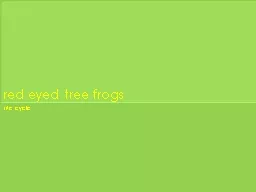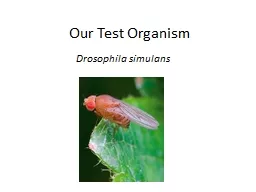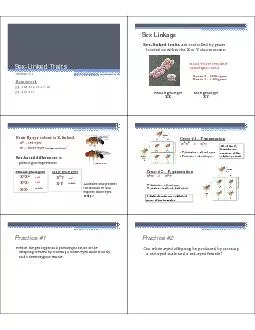PPT-Red Eyed
Author : alida-meadow | Published Date : 2016-04-11
Tree Frog By Christopher amp Matthew Classification The Red Eyed Tree Frog is believed to have developed its vivid scarlet eyes to shock predators They sleep
Presentation Embed Code
Download Presentation
Download Presentation The PPT/PDF document "Red Eyed" is the property of its rightful owner. Permission is granted to download and print the materials on this website for personal, non-commercial use only, and to display it on your personal computer provided you do not modify the materials and that you retain all copyright notices contained in the materials. By downloading content from our website, you accept the terms of this agreement.
Red Eyed: Transcript
Download Rules Of Document
"Red Eyed"The content belongs to its owner. You may download and print it for personal use, without modification, and keep all copyright notices. By downloading, you agree to these terms.
Related Documents

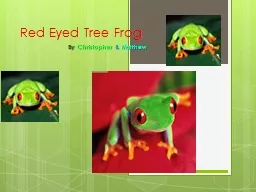

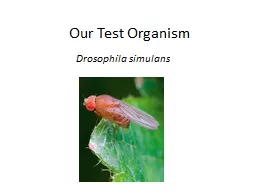
![uck: Wild-Eyed Palmer Waves Red Flag [May 8, 1920]](https://thumbs.docslides.com/217674/uck-wild-eyed-palmer-waves-red-flag-may-8-1920.jpg)

